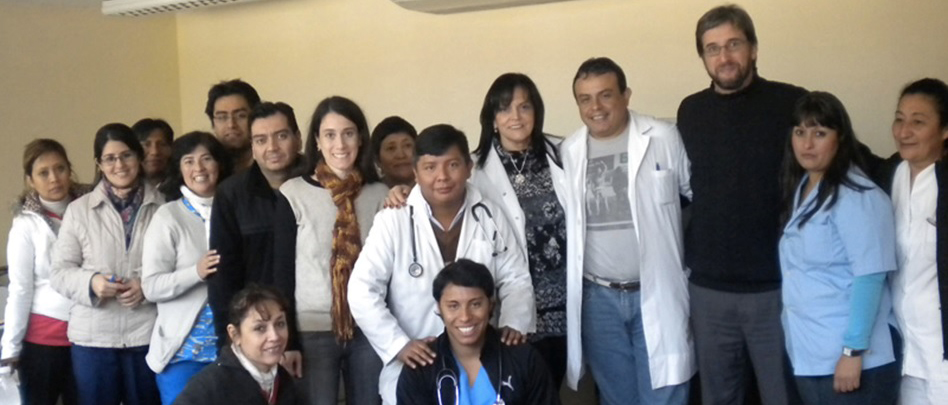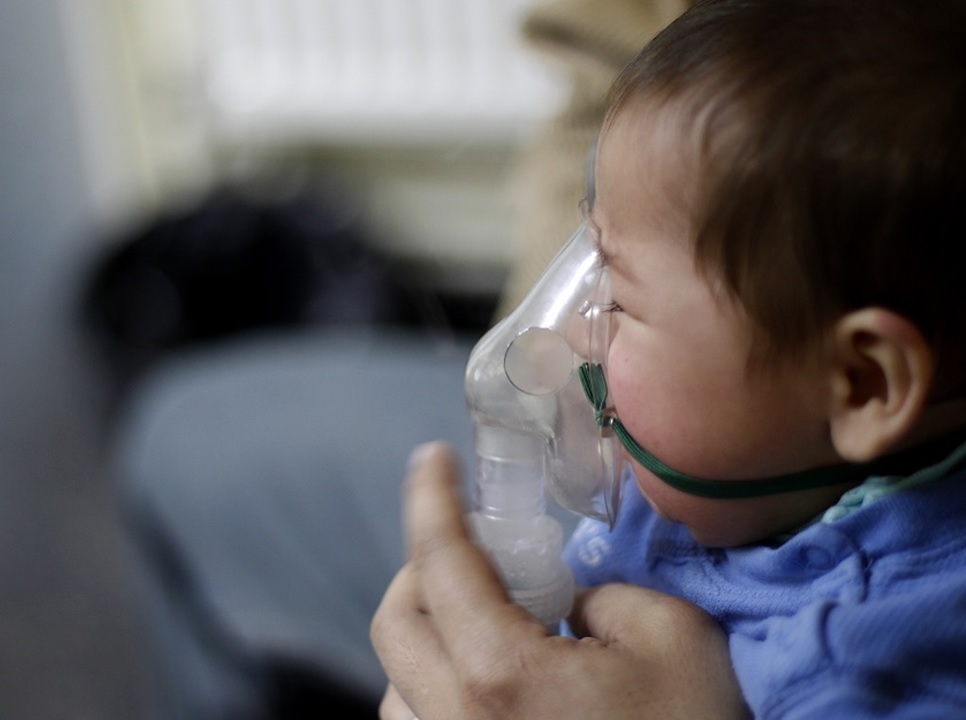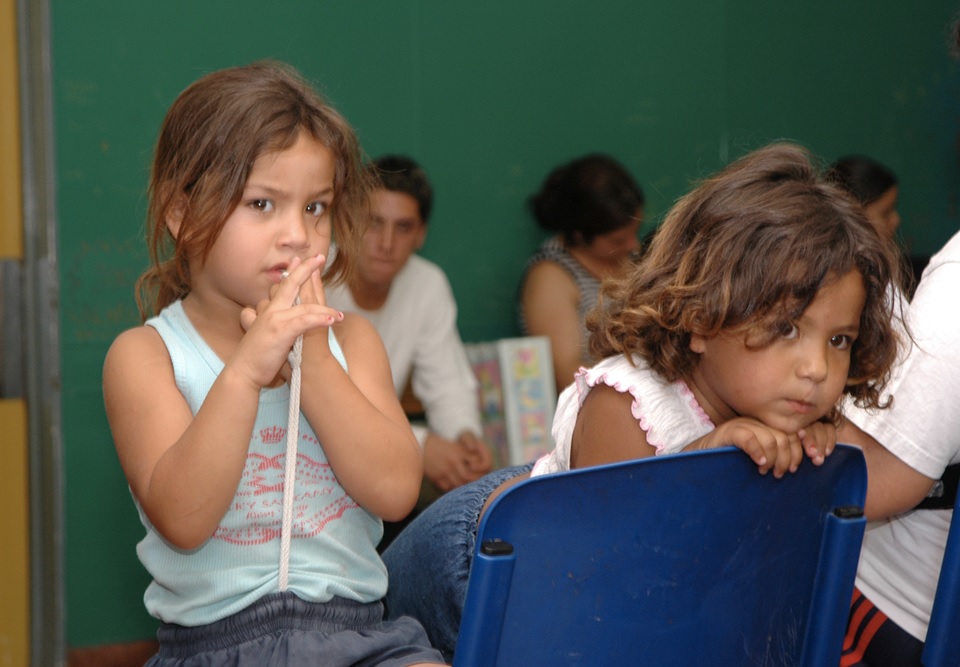
The Alliance is working to summarize instances of investigators sharing MITS-informed results with local Ministries of Health (MoH) or other decision-makers/surveillance bodies. We aim to highlight evidence that results from MITS are being used to develop and implement interventions or inform policy.
Lessons from a Study of Under-Five Deaths in Buenos Aires, Argentina
Interview with Fernando Polack, Scientific Director at Fundación INFANT in Argentina.
This is a program using MITS supplemented by verbal autopsies to define the causes of under- five (U5) mortality at home, in a vulnerable peri-urban community in the outskirts of Buenos Aires. There, infant and child mortality rates exceed those in middle-class communities – situated just 20 miles away – by severalfold.
What challenge or gap is your research investigating?
We are studying the etiologic causes of under-five deaths in a community located in a large, underserved area in the outskirts of Buenos Aires, Argentina. We are particularly interested in post-neonatal deaths, which occur from 28 days to 11 months after birth. Post-neonatal deaths greatly exceed neonatal fatalities and often go unnoticed by health authorities since they are routinely attributed to Sudden Infant Death Syndrome (SIDS).
What did you discover?
Our study found that a significant number of post-neonatal deaths were associated with respiratory viral infections and that many of these deaths presented significant evidence of chronic lung disease, such as chronic bronchitis, due to environmental exposures in utero or during the early months of life. We also discovered other commonalities that could help the health community prevent these deaths in the future: Many of these deaths occurred 1) on Fridays or over the weekend; 2) within families that faced specific social vulnerabilities; and 3) in infants who had been seen by a physician during the course of the acute fatal illness.
What real world impact are your findings having?
Our observations fostered official interest among public health officials, hospital authorities and community leaders to facilitate Argentina's participation in randomized control trials for vaccines and monoclonal antibodies that will fight Respiratory Syncytial Virus (RSV), one of the most common respiratory viral infections affecting young children. We are also sharing information and collaborating with the public health community to address the gaps and challenges we uncovered and ensure all at-risk children receive effective and timely care.
Are further studies or tools also being prepared?
Yes, a follow up study looking at sources of in-house and external pollution that affect infants is in the early stages of preparation. We are also developing a method to evaluate an infant’s risk for post-neonatal death; this ‘risk-score’ will help define a targeted approach to preventive efforts, such as home visits by social workers and community nurses.
How did you work to ensure these findings were translated into action?
Our program required countless meetings with political and judicial officials, the police, public health authorities, and key opinion leaders. We established good working relationships with politicians and policymakers in the region to positively influence the need for adequately diagnosing the situation and promoting actions afterwards.
The Argentinean population is, in general, very positive about these initiatives but the community and authorities often lack the organization and tools to address these problems. Our work, therefore, ends up being instrumental to change.
Are further steps needed to sustain or expand your study’s impact?
This is a sustained effort that cannot be abandoned until replaced by sustained development. The environment in peri-urban slums is one of permanent risk from numerous angles. MITS provides the opportunity to define lead pathogens associated with mortality, and to learn the non-infectious factors at play in these events during family and community interviews. Then, immediate, mid-term and long-term solutions can be developed — from specific vaccines, to other prophylactic interventions that can save lives, to social and environmental programs that can have durable effects on the well-being of children.

